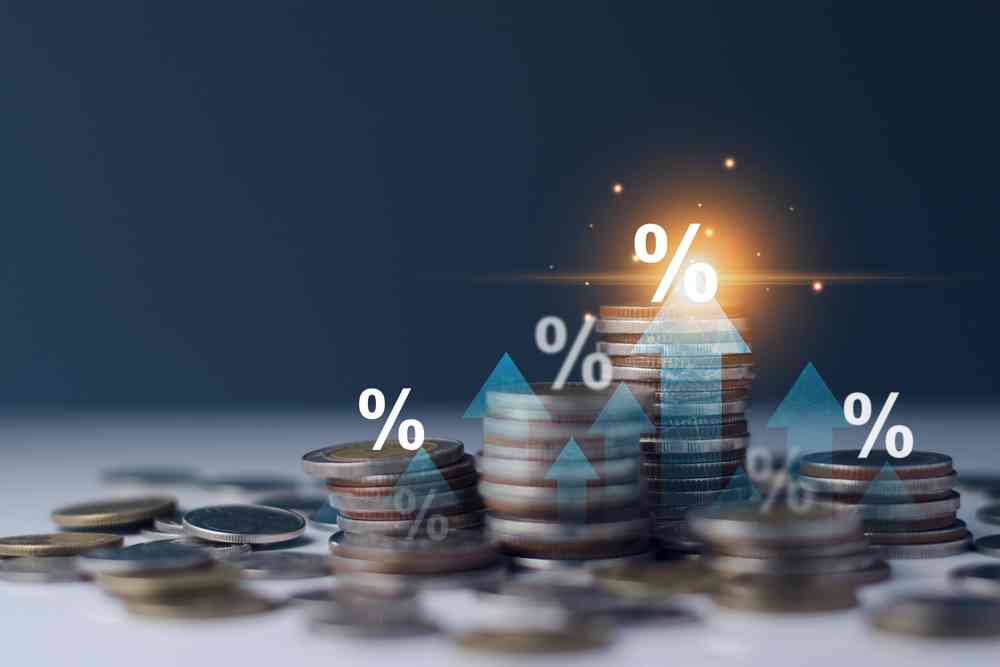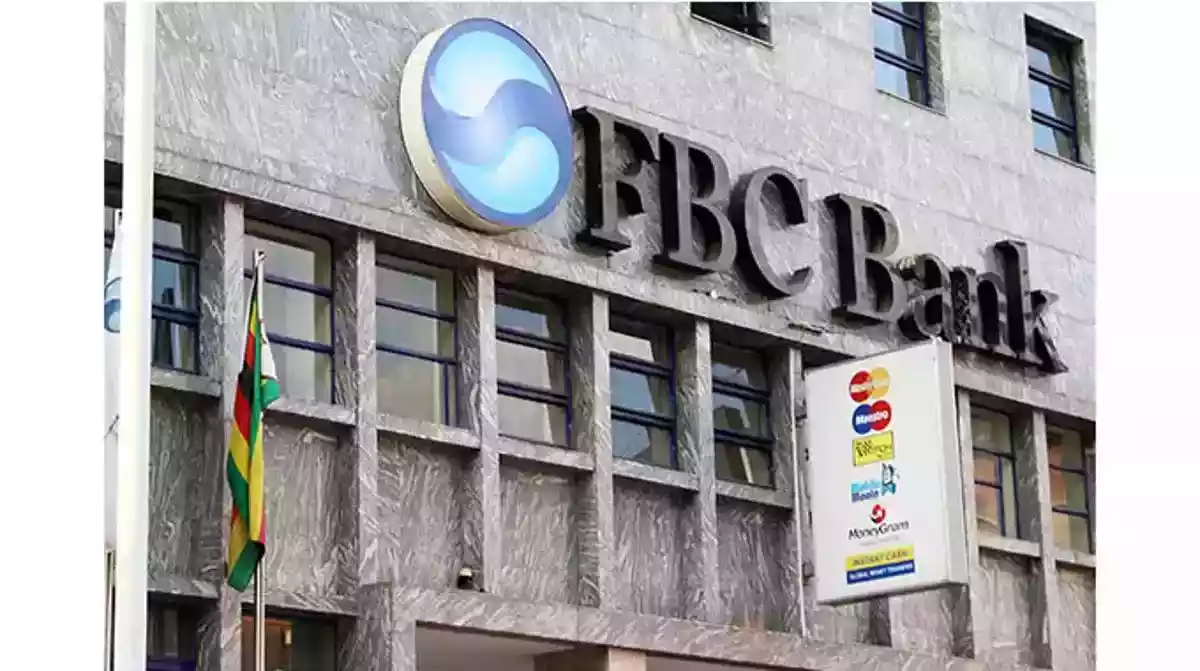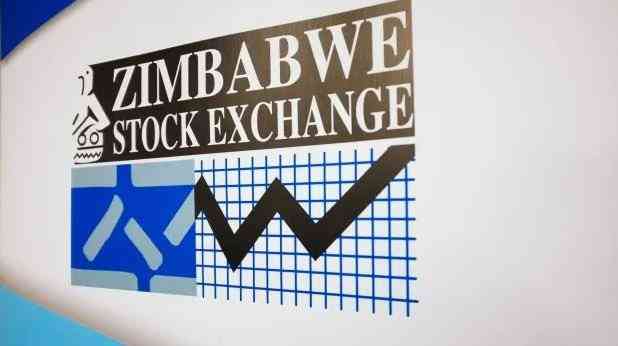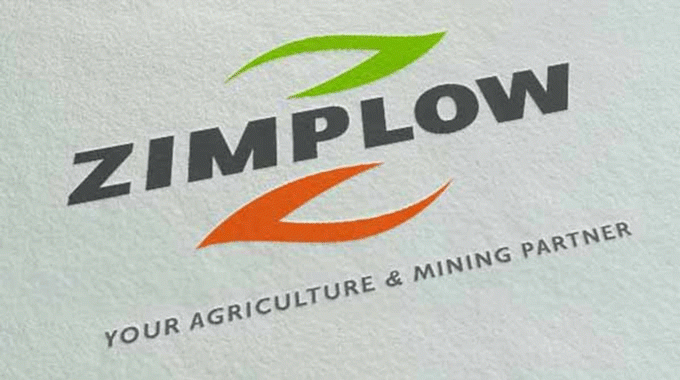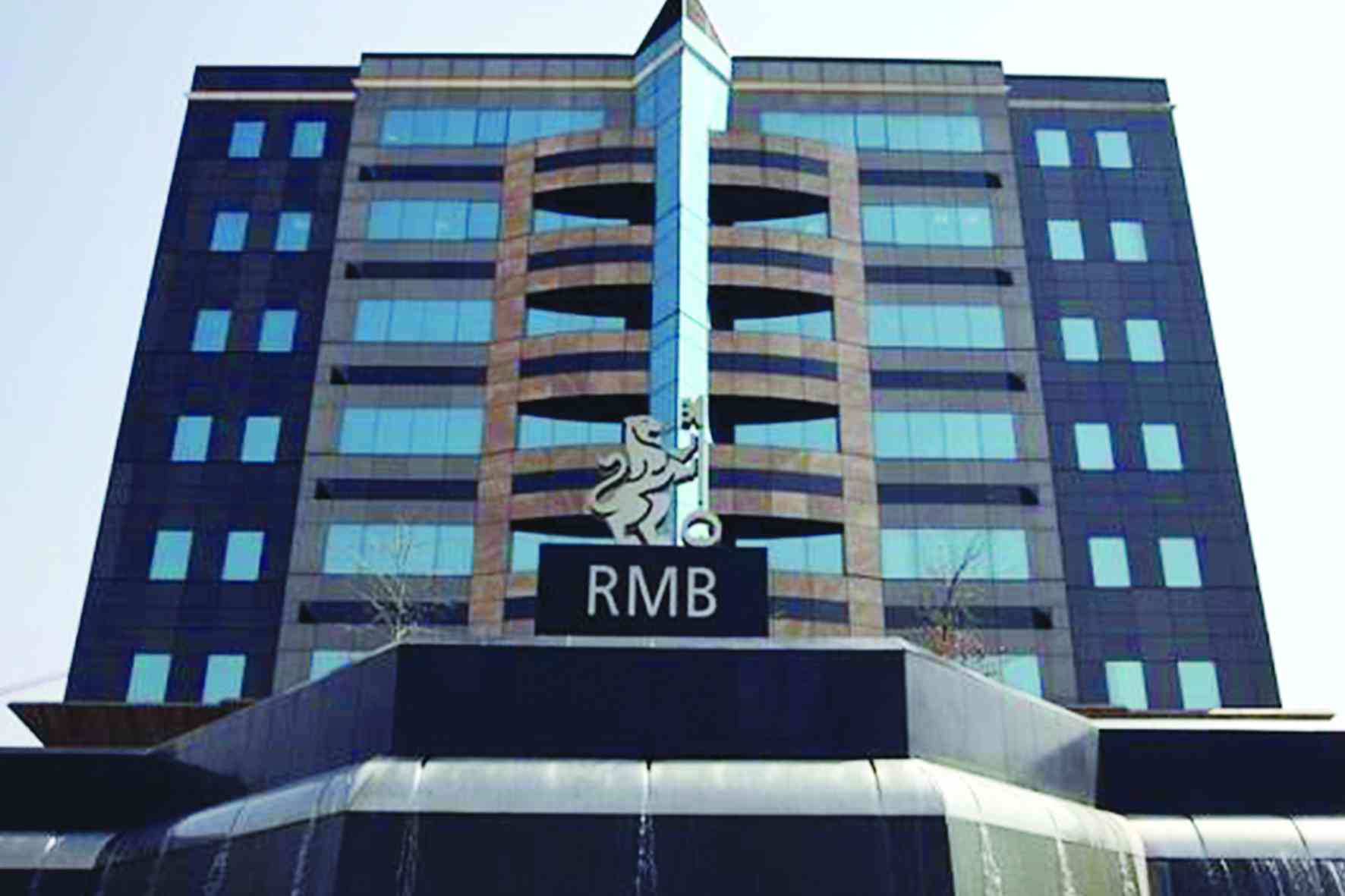
ZIMBABWE has been rated as the least attractive country for investment in Africa by South African investment bank Rand Merchant Bank (RMB).
On Monday, RMB released its annual “Where to Invest in Africa 2025/26” report.
The publication provides a comprehensive analysis of 31 African nations, detailing the underlying drivers of each country’s performance to inform its rankings.
The report also offers insights on how policy can be leveraged to improve future performance and relative investment appeal.
According to this year’s rankings, Zimbabwe was placed 31st, showing no improvement from the previous year.
“Zimbabwe remains at the bottom of the rankings,” RMB stated in the report.
“As with the other end of the spectrum, this requires nuance to interpret. Broadly, Zimbabwe is a challenging business and investment environment. Basics, such as currency stability, put it beyond the mandate or appetite of many capital allocators.
“Nonetheless, every environment has opportunities for success. Zimbabwe’s tourism industry grew by 12% in 2024, and FDI (foreign direct investment) has flowed into steel and lithium plants. Small, positive indicators include a doubling of blueberry output. Small movements like this will not move the needle in the rankings, but they highlight the need for nuanced analysis.”
- Mavhunga puts DeMbare into Chibuku quarterfinals
- Bulls to charge into Zimbabwe gold stocks
- Ndiraya concerned as goals dry up
- Letters: How solar power is transforming African farms
Keep Reading
The country continues to face significant stumbling blocks in attracting new investment, including foreign exchange rate instability, persistent power cuts, limits on property rights, lack of liquidity, rising taxation and regulatory fees, and the inability to repatriate funds.
According to the United Nations Conference on Trade and Development’s 2025 World Investment Report, released in June, Zimbabwe recorded foreign direct investment inflows of US$597 million in 2024.
This suggests while the removal of US-targeted sanctions in March 2024 may have provided some relief, long standing structural issues remain the more significant barrier to sustained investment.
In its scoring, RMB gave Zimbabwe negative ratings across many key metrics, including gross domestic product (GDP) per capita, population growth, urbanisation, connectedness, and innovation. The country scored particularly poorly on economic freedom and inflation.
Overall, Zimbabwe received a rating of 35% for economic performance and potential, 20% for market accessibility and innovation, 25% for economic stability and investment climate, and 20% for social and human development.
RMB noted that despite the launch of the Zimbabwe Gold (ZiG) currency in April 2024, which was intended to foster monetary stability, the country's high inflation persists.
“Despite the launch of the ZiG currency in April 2024 with the intention of monetary stability, Zimbabwe’s excessive inflation rate continues unabated. The IMF (International Monetary Fund) foresees a consumer price inflation rate of 92% for 2025. Economic pressure has grown with the 2024 drought, which cut agricultural output by 15%,” RMB said.
However, the report also highlighted some positive developments.
“However, there is good news, too. In mid-2025, the IMF described the country as “experiencing a degree of macroeconomic stability” attributed to “more disciplined policies”.
The IMF forecasts growth of 6% for 2025. Agricultural output is recovering, and a buoyant gold price has meaningfully improved foreign currency receipts, since the metal makes up nearly a third of all exports.

